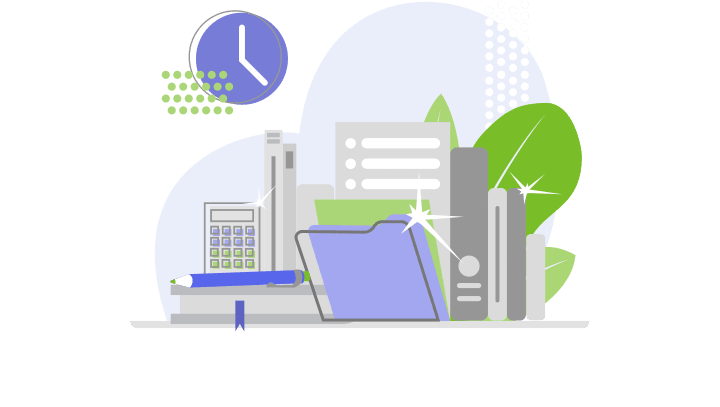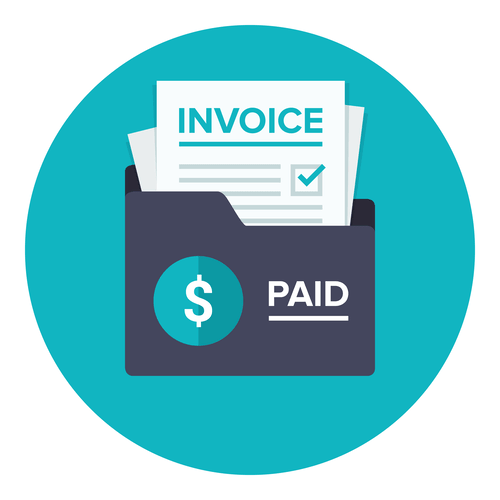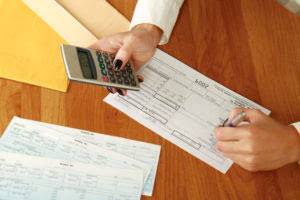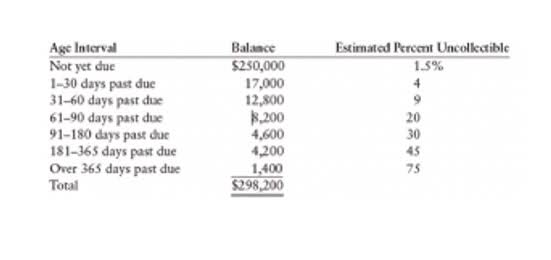Bookkeeping
What Are Liabilities in Accounting? With Examples

Continue reading to understand how to calculate liabilities for your business.. Liabilities refer to short-term and long-term obligations of a company. If you want to get paid faster, you need to understand accounts receivable. They help you understand where that money is at any given point in time, and help ensure you haven’t made any mistakes recording your transactions. Now let’s say you spend $4,000 of your company’s cash on MacBooks. Check your understanding of liabilities, and then we’ll move on to define owner’s equity.

Accrued Expenses
A contingent liability only gets recorded on your balance sheet if the liability is probable to happen. When this happens, you can reasonably estimate the amount of the resulting liability. One of the simplest ways to think about liabilities is that they’re a kind of third-party funding.

Debits and credits
Liabilities are common when conducting normal business operations. The long-term debt ratio helps to project the long-term what falls under liabilities in accounting liabilities of a business. Whatever number you start with, for healthy growth, the number should gradually decrease.
Liabilities vs. Assets

Many companies purchase inventory from vendors or suppliers on credit. Once the vendor provides the inventory, you typically have a certain amount of time to pay the invoice (e.g., 30 days). The obligation to pay the vendor is referred to as accounts payable. Liabilities are current debts your business owes to other businesses, organizations, employees, vendors, or government agencies.
- Companies of all sizes finance part of their ongoing long-term operations by issuing bonds that are essentially loans from each party that purchases the bonds.
- A liability is something that a person or company owes, usually a sum of money.
- You would use this funding to purchase business assets and fund other areas of your operations.
- The wine supplier considers the money it is owed to be an asset.
- Accracy is not a public accounting firm and does not provide services that would require a license to practice public accountancy.
- When it comes to short-term liquidity measures, current liabilities get used as key components.
- If it is expected to be settled in the short-term (normally within 1 year), then it is a current liability.
- Once the utilities are used, the company owes the utility company.
- Basically, these are any debts or obligations you have that need to get paid within a year.
- If you are new to HBS Online, you will be required to set up an account before enrolling in the program of your choice.
However, an expense can create a liability if the expense is not immediately paid. For instance, when you receive a utility bill, you must record the utility expense. You also must record a utility liability for the amount you owe until you actually pay it.
- The classification is critical to the company’s management of its financial obligations.
- Check your understanding of liabilities, and then we’ll move on to define owner’s equity.
- Assets and liabilities are two fundamental components of a company’s financial statements.
- Current liabilities are debts that you have to pay back within the next 12 months.
- These obligations can affect a company’s operating cash flows, as they represent a cash outflow the company will need to satisfy.
Current vs. non-current liabilities
The accounting equation is the mathematical structure of the balance sheet. Different industries utilize assets and liabilities differently. Some may shy away from liabilities while others take advantage of the growth it offers by undertaking debt to bridge the gap from one level of production to another. Here are some of the use cases you may run into when understanding the uses of assets and liabilities.
Although average debt ratios vary widely by industry, if you have a debt ratio of 40% or lower, you’re probably in the clear. If you have a debt ratio of 60% or higher, investors and lenders might see that as a sign that your business has too much debt. No one likes debt, but it’s an unavoidable part of running a small business. Accountants call the debts you record in your books “liabilities,” and knowing how to find and record them is an important part of bookkeeping and accounting. Because the value of liabilities is constant, all changes to assets must be reflected with a change in equity.

Without understanding assets, liabilities, and equity, you won’t be able to master your business finances. But armed with this essential info, you’ll be able to make big purchases confidently, and know exactly where your business stands. Like assets, liabilities are categorized as current and noncurrent.


